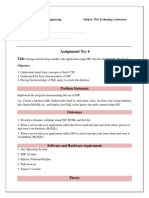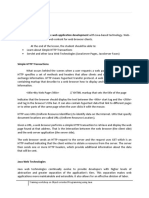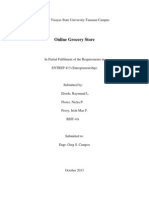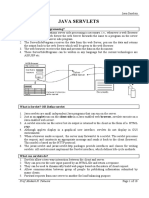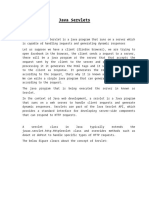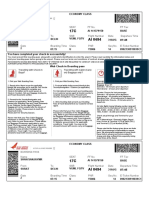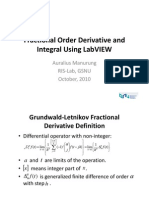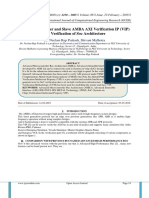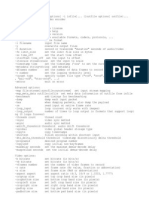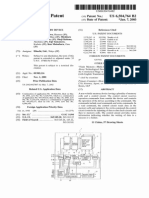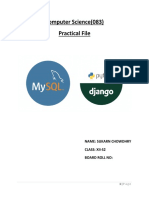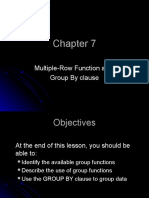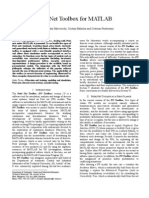0% found this document useful (0 votes)
55 views39 pagesJava Web Technologies
Uploaded by
Chavini HewageCopyright
© © All Rights Reserved
We take content rights seriously. If you suspect this is your content, claim it here.
Available Formats
Download as PPTX, PDF, TXT or read online on Scribd
0% found this document useful (0 votes)
55 views39 pagesJava Web Technologies
Uploaded by
Chavini HewageCopyright
© © All Rights Reserved
We take content rights seriously. If you suspect this is your content, claim it here.
Available Formats
Download as PPTX, PDF, TXT or read online on Scribd
/ 39


